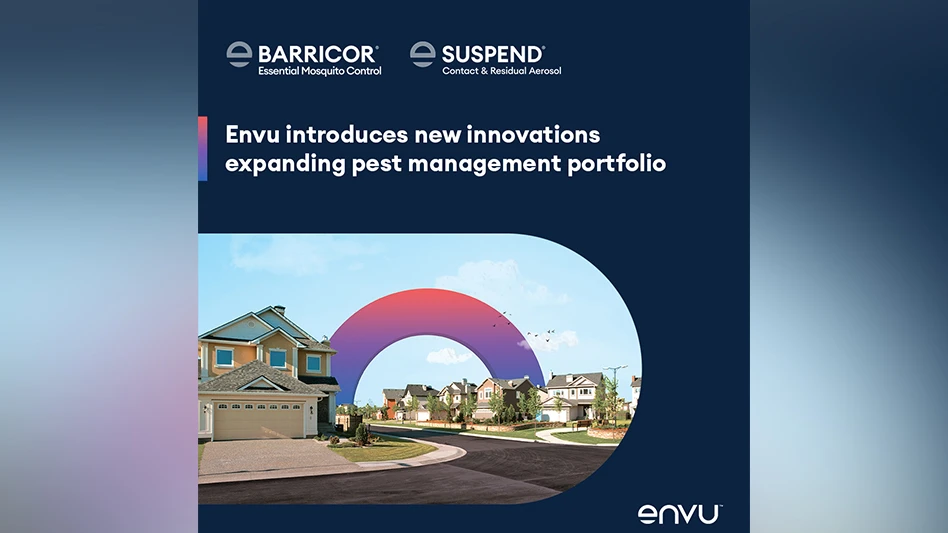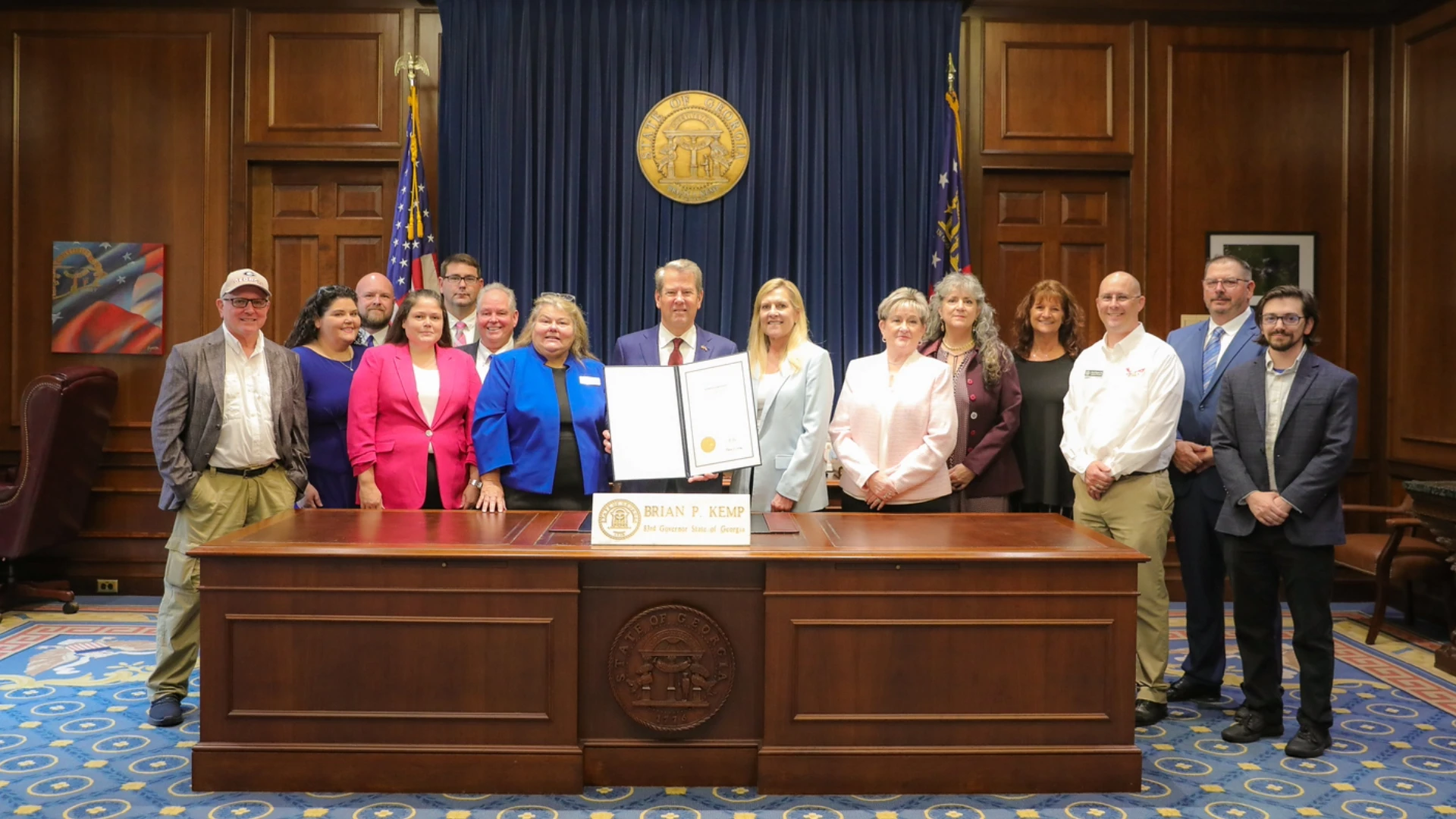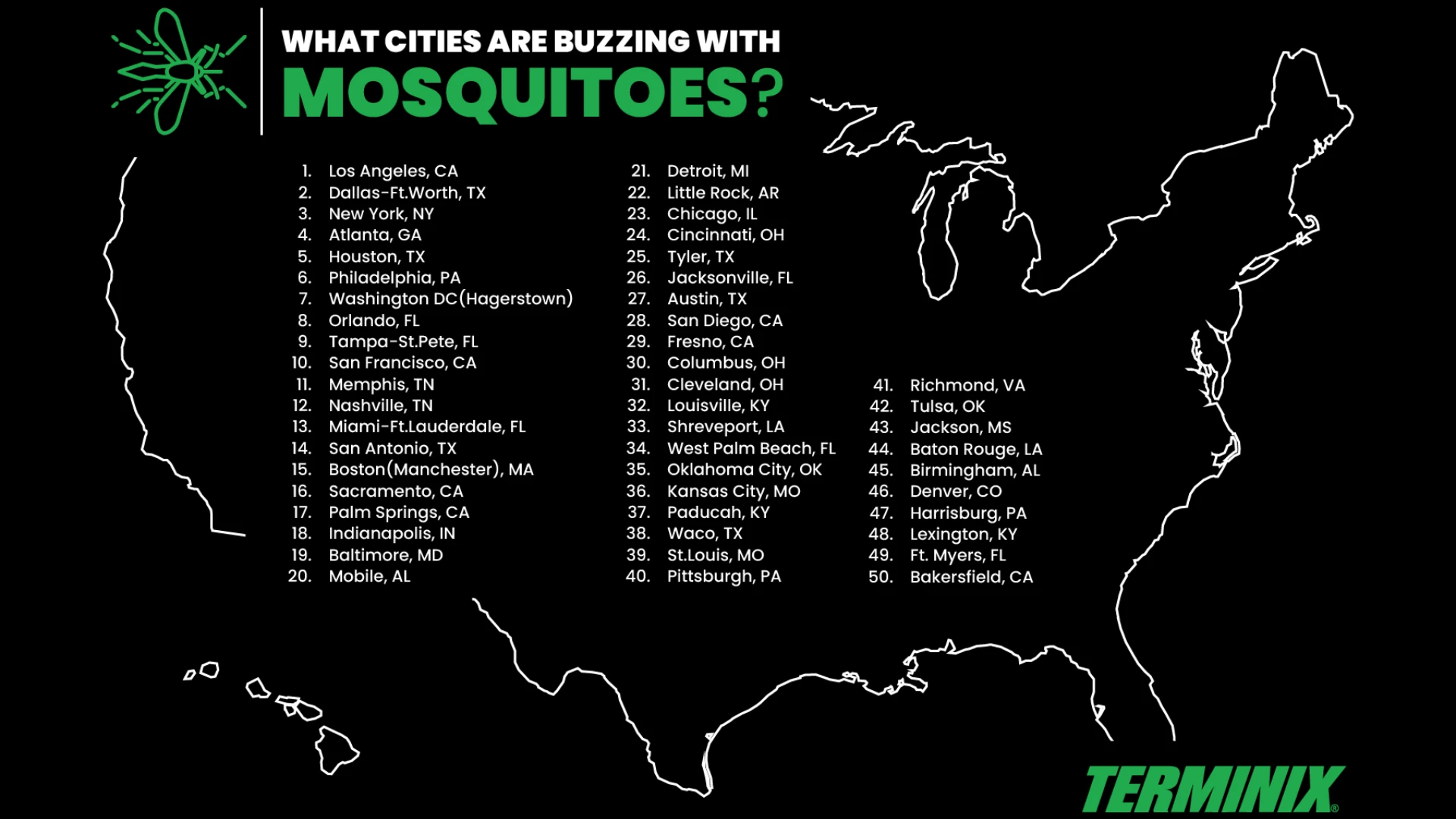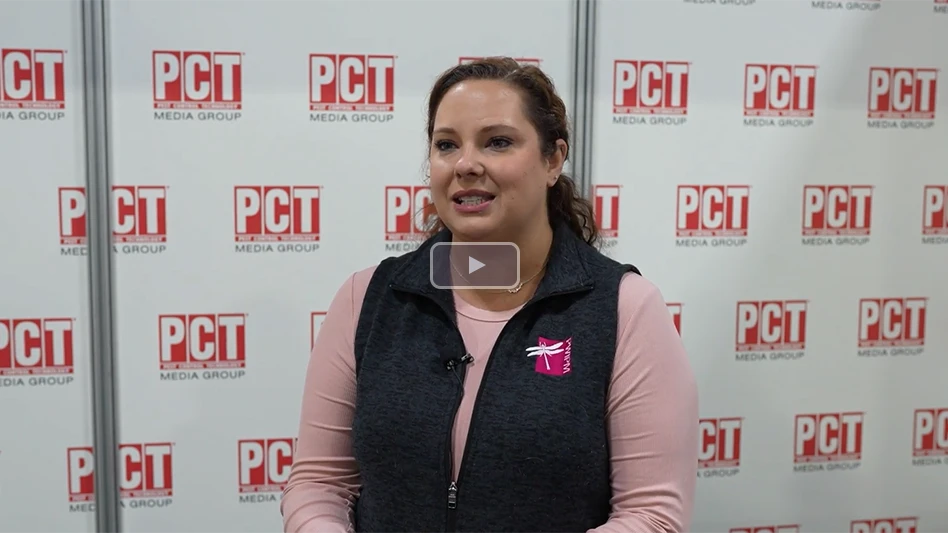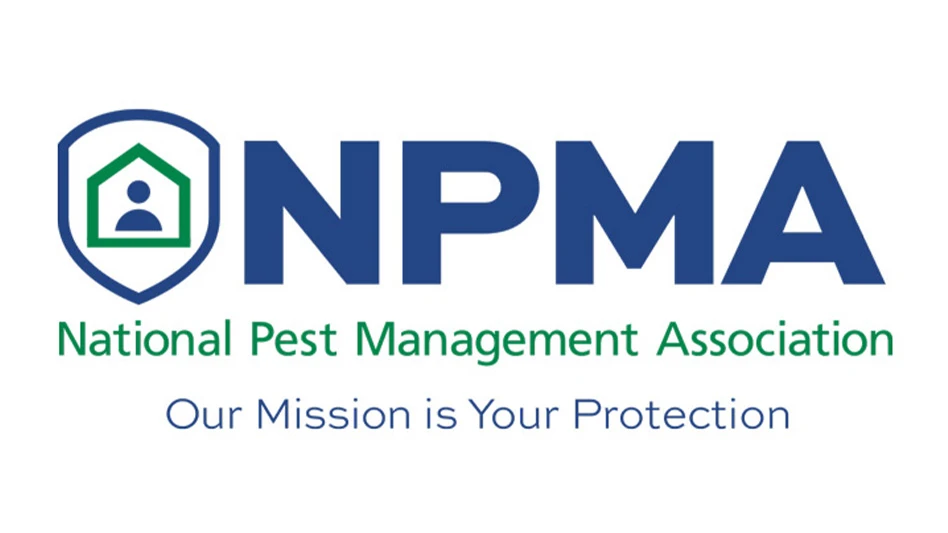 When you think of "island hopping," Bell Laboratories doesn't normally come to mind. Yet for much of the last decade, this Madison, Wis.-based rodenticide manufacturer has been sending bait pellets to various exotic islands around the globe for a number of rat eradication projects. Several projects in progress include the Galapagos Islands off Ecuador, South Georgia Island in Antarctica's South Atlantic Ocean and the Palmyra Atoll in the Pacific Ocean. Rat Island in Alaska's Aleutian chain of islands is another project Bell completed several years ago; that island has now been declared "rat-free."
When you think of "island hopping," Bell Laboratories doesn't normally come to mind. Yet for much of the last decade, this Madison, Wis.-based rodenticide manufacturer has been sending bait pellets to various exotic islands around the globe for a number of rat eradication projects. Several projects in progress include the Galapagos Islands off Ecuador, South Georgia Island in Antarctica's South Atlantic Ocean and the Palmyra Atoll in the Pacific Ocean. Rat Island in Alaska's Aleutian chain of islands is another project Bell completed several years ago; that island has now been declared "rat-free."
According to Peter Martin, Bell's technical director, the firm's brodifacoum bait pellets have been instrumental in these eradication projects, which were undertaken in conjunction with various island conservation organizations. "These island projects are incredible," he says. "The work and logistics of restoring their fragile ecosystems is quite impressive."
South Georgia Island. The South Georgia Heritage Trust, for example, recently kicked off the first phase of the South Georgia Island Habitat Restoration Project. It's a seven-year project supported by the government of South Georgia and the South Sandwich Islands, the British Antarctic Survey and the University of Dundee. "The project is designed to rid the entire island of black rats that have invaded it over many years. These critters have seriously reduced the ground nesting bird population by eating huge numbers of their young and their eggs," says Martin.
Bell initiated the project's first round of baiting in March 2010 by supplying its products to a partner organization. Fifty-eight tons were dropped by two helicopters equipped with spreader buckets.
|
Even the giant Galapagos tortoises are at risk from rats. Photo: Island Conservation |
The Galapagos Islands. In early January 2011, the first phase of the Galapagos Restoration Project began when the islands' National Park Service, aided by Bell Labs and several other partner organizations, began to eradicate non-native rats that were threatening the islands' seabirds and other creatures. Those other partners included Island Conservation of Santa Cruz, Calif., the Charles Darwin Foundation, the University of Minnesota Raptor Center and the Durrell Wildlife Conservation Trust.
"Since the 1970s, small-scale rodent control efforts had been underway there, but the baiting drop, which involved 10 tons of brodifacoum, is the first step for the Galapagos Restoration Project's new ongoing management system," Martin said. "The system involves a planned 20- to 25-year process to permanently rid the islands of non-native rats."
Bait used in the various island conservation projects is specially formulated to meet the unique climate conditions of each location, Martin said. "The bait needs to last six or seven days to make certain each rat on an island is exposed to it and consumes it. The South Georgia Island bait was formulated to be effective for that time period under wet conditions," he said, "while bait used on the Galapagos Islands was designed for arid conditions."
Rat Island. Another island rat-eradication project, the Aleutian Seabird Restoration Project, was initiated several years ago and was aimed at removing non-native Norway rats from the aptly named Rat Island. One of the outlying islands of the Aleutian chain in Alaska's Maritime National Wildlife Refuge, that location had been plagued by rats for several hundred years. The rats had decimated Auklets, storm petrels and puffins that would nest on the island's coastline.
The project's partners, including the U.S. Fish and Wildlife Service, The Nature Conservancy and Island Conservation, were determined to eradicate those rats and called on Bell Labs to help. An aerial drop of 25 tons of the bait on the 10-square-mile Rat Island was accomplished, and a second application was made of the same amount of pellets a week later. According to Martin, the pellets were sized at ½-inch in diameter and length, making them too large for small birds to consume, which reduced the risk of non-target poisoning.
"Biologists monitored the island for signs of rats and today, two years later, report that they have seen no signs of rats on Rat Island and have, in fact, seen a substantially increased number of seabirds nesting," Martin said.
 Palmyra Atoll. The Palmyra Atoll, which is located about 1,000 miles away from Hawaii, has a problematic black rat population which prompted the Palmyra Atoll Restoration Project. According to Martin, it involved a Bell bait pellet drop that was accomplished in June of this year. "We again partnered with Island Conservation, the Nature Conservancy and the U.S. Fish and Wildlife Service," Martin said.
Palmyra Atoll. The Palmyra Atoll, which is located about 1,000 miles away from Hawaii, has a problematic black rat population which prompted the Palmyra Atoll Restoration Project. According to Martin, it involved a Bell bait pellet drop that was accomplished in June of this year. "We again partnered with Island Conservation, the Nature Conservancy and the U.S. Fish and Wildlife Service," Martin said.
Black rats on the atoll prey upon ground-nesting and tree-nesting birds, particularly Sooty and White Terns, consuming eggs and chicks, he says. Rats are also likely responsible for the absence of several species of burrow-nesting seabirds like shearwaters and petrels that would otherwise breed on Palmyra Atoll.
Removing non-native rats was seen as a first step to the atoll's restoration. Free from the threat of non-native rats, Palmyra's forest and seabird species will have the opportunity to recover. Species previously eliminated from the island due to non-native rats will be able to return, where they can once again flourish, Martin observes.
| Bell Labs’ Previous Conservation Efforts |
| About 10 years ago, Bell Laboratories supplied bait pellets to partner organizations for several other rat eradication projects, namely the Anacapa Island Restoration Project and the Canna Seabird Recovery Project.
Anacapa Island is part of the Channel Islands National Park located off the coast of California,” said Peter Martin, Bell’s technical director. “The island’s nesting seabirds were the prey of invasive rats. National Park wildlife biologists saw this as a serious situation and discussed this with Island Conservation, which came up with a rat eradication plan. For Canna Island, located off the coast of Scotland, we partnered with the National Trust for Scotland and Wildlife Management International. Both baiting projects were considered a success and the populations of the originally threatened seabird species have now increased by almost 500 percent.” |
The author is a frequent contributor to PCT magazine. He can be reached at jfox@giemedia.com.
WANT MORE?
Enter your email to receive our newsletters.

Explore the August 2011 Issue
Check out more from this issue and find your next story to read.
Latest from Pest Control Technology
- Photo Slideshow: Ant Identification Tips
- Video: Top 10 PCT Photo Contest Finalists
- UF/IFAS Study Reveals Boats as Perfect Vessels for Global Termite Spread
- Pest Control Consultants (Iowa) Earns Pinnacle Performance Award
- Syngenta's Chris Keefer Reviews Ant Control, Products in Latest Ant Market Report
- PCT/BASF Launch 2025 Technician of the Year Awards Program
- Target Specialty Products, MGK Partner for Mosquito Webinar
- Cockroach Control and Asthma



